Nissan's Long, Strange Electric Journey
After World War II, when Japan didn’t have much oil on hand but could generate electricity well enough, the Japanese government asked its country’s engineers to try to make some electric vehicles. The Tokyo Electric Cars Company, which later became part of Nissan, obliged.
KhodroCar - What they produced was the beast you see above, the Tama Electric Car. They also produced a pickup truck; they sold both vehicles for just a few years until the country had steady supplies of oil again. Each was equipped with lead batteries on rollers that could be swapped out to keep the vehicle moving with a fresh battery. The top speed? About 22 mph, with a range of around 60 miles. That is pretty good when you think about it? They were used mainly as taxis.
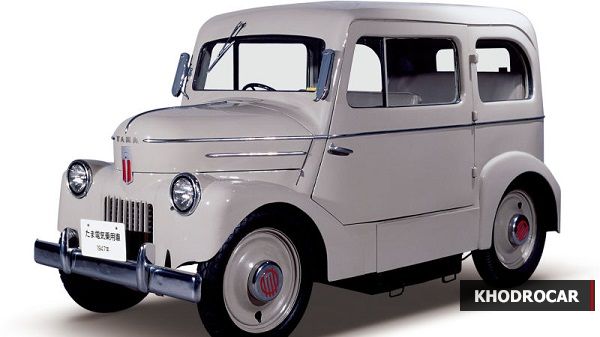
The Tama Electric Car was the first of what would be many attempts at creating an electric vehicle for Nissan, culminating in the Leaf. Their journey to the Leaf was filled with many strange experiments, along with some accomplishments along the way, like getting mentioned in the 1995 Michael Crichton novel The Lost World, in which a character refers opts for, "the new lithium-ion batteries from Nissan,” because they "were extremely efficient on a weight basis.”
What were all these strange things? It’s time to look at some old cars.
Let’s start with the simply-named and wonderfully glassy Nissan EV, which was unveiled at the 1985 Tokyo Motor Show. Several EVs were actually, eventually, produced, frequently used as transports for VIPs inside Nissan plants. For that, at least, it was perfect, with a tiny range of around 37 miles and a very slow top speed of just under 10 mph. The glassiness also helped.
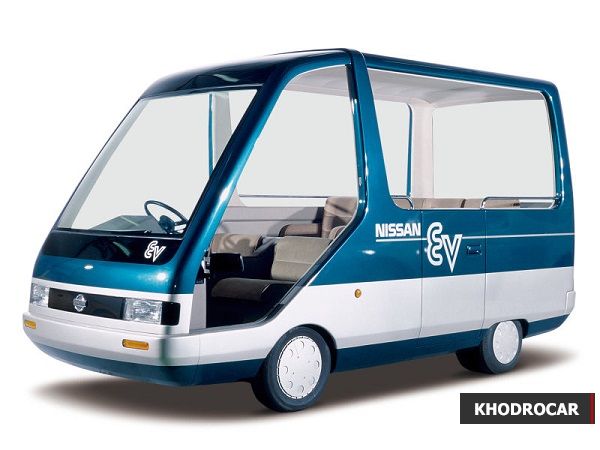
Fifteen years before the EV, Nissan showed off his concept EV at 1970 in Tokyo. It never made it into production, but good God is it a beautiful little fist of a car. Look at those headlights! Look at the plaid seats! And that shade of orange! I need some plaid seats.
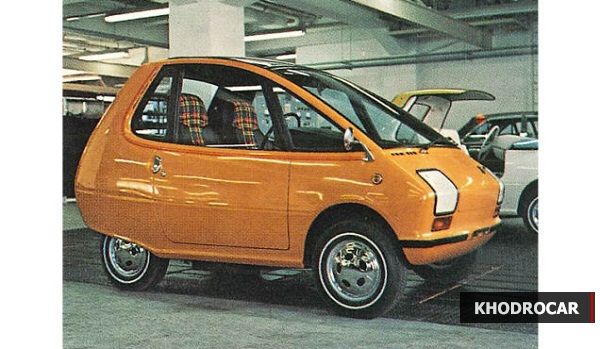
Next, we have the EV Resort, which debuted in 1991 and, as its name suggests, was designed to ferry people around resorts. Nissan produced over 40 of the them, all of which ended up as resorts. And while for a bit I was hesitant to include this EV Resort, since it’s more of a tram-like thing than a vehicle you might drive on actual roads, its aqua in color and, I can imagine, pretty fun to drive. It just screams the future.
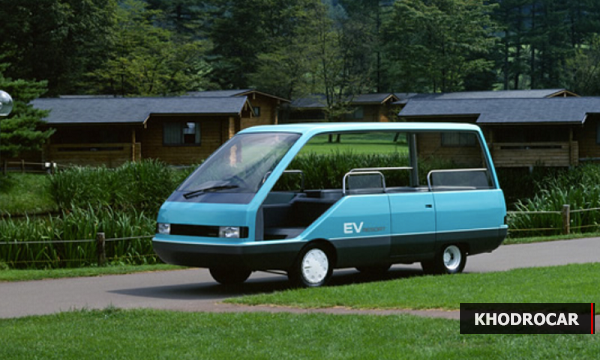
This is probably my favorite early Nissan electric: Introduced at the 1991 Tokyo Motor Show, it would class up anyone’s drive. It’s called, obviously, the President EV and was designed for parades and what not, including for things like, "transporting sumo champions,” according to Nissan. It had a zinc battery, and slightly higher top speed and range compared to its predecessors, at 24 mph and 62 miles, respectively. Perfect for parades.
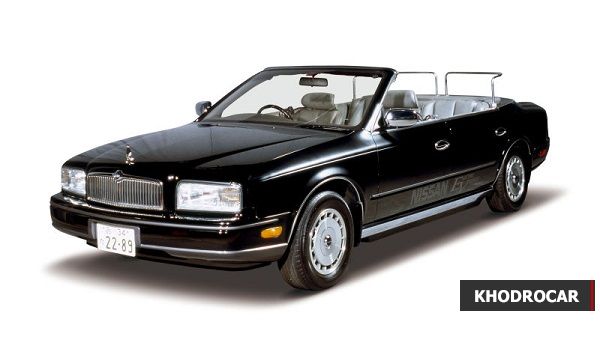
By 1996, things started to get serious, with the Prairie Joy EV. The Prairie Joy was the world’s first electric vehicle with a (cylindrical) lithium-ion battery. Around 30 were eventually sold, including one very important one in Norway, where it was used, "as a support vehicle for six flawless years by the Japanese National North Pole Exploratory Team at their research station in Ny-Alesund, Svalbard, Norway- which at 79°N is the world’s most Northerly settlement,” Nissan notes.
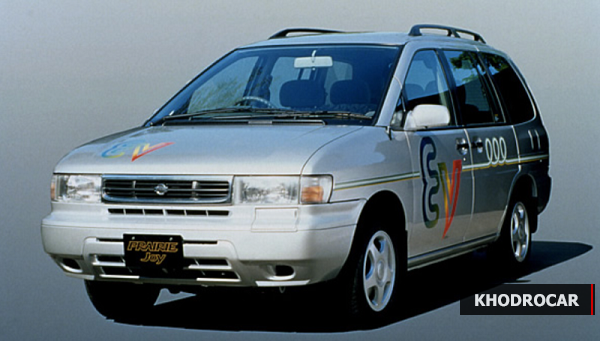
By the aughts, as electric cars got closer and closer to becoming a thing, Nissan got pretty out there. Here’s some of he concepts they rolled out. Here’s one that actually made it to production, the Hypermini, first shown in 1997 before being put on the market in 2000. The Hypermini could almost break 60 mph!
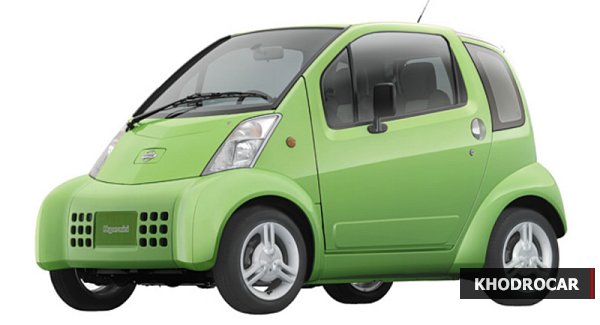
2007's Mixim, which Nissan says was, "a compact electric vehicle for young drivers who are mostly engaged by their computer and the world via the internet.”
And 2008's NUVU, which, Nissan helpfully notes was so named because it was a "new view” of an electric car. Sure.
And then, finally, a real car: the Leaf, first introduced in 2010.
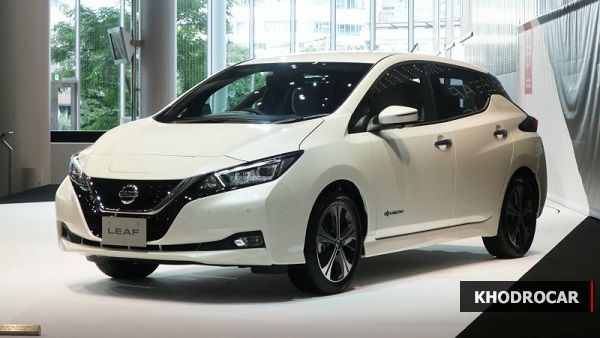
How many Leafs have been sold? Over a quarter of million through last year, making it one of the best-selling electric cars in history, and certainly the one consumers are familiar with the most, outside of Tesla or (maybe) the Chevy Bolt. The struggle, in other words, has mostly been worth it, though, as we wrote earlier this month, the Leaf, even with an update, is starting to show its age.
Latest News


